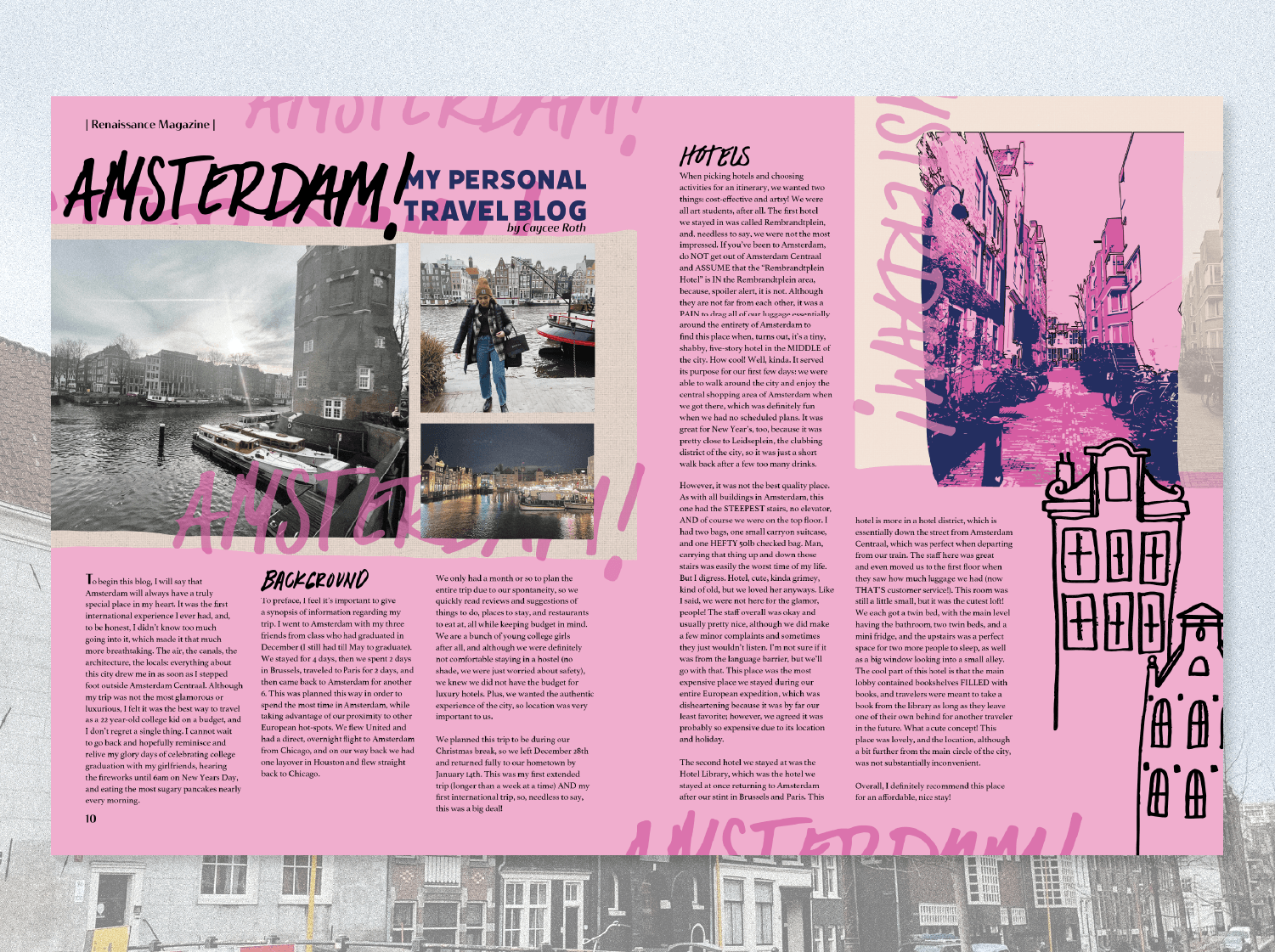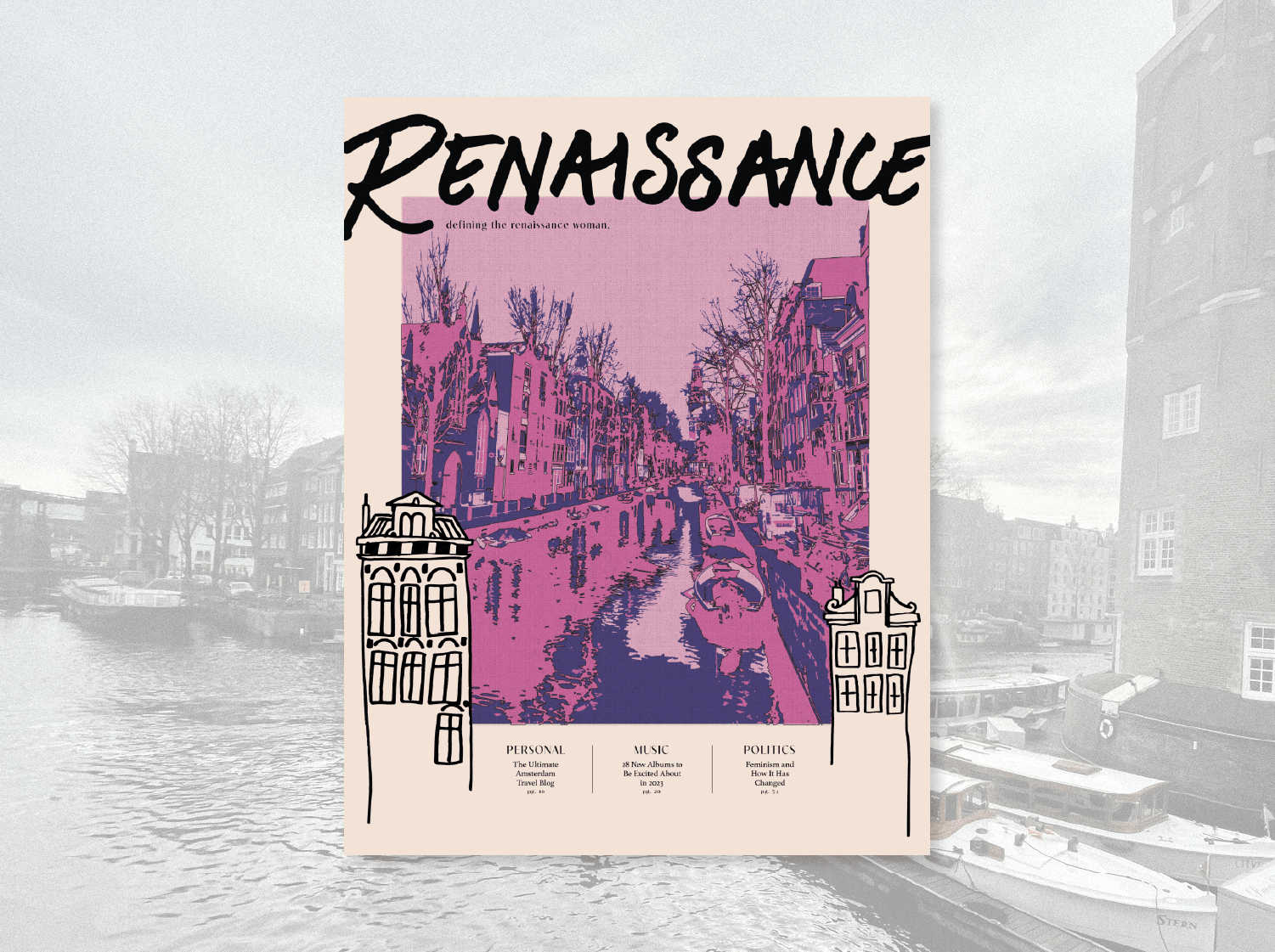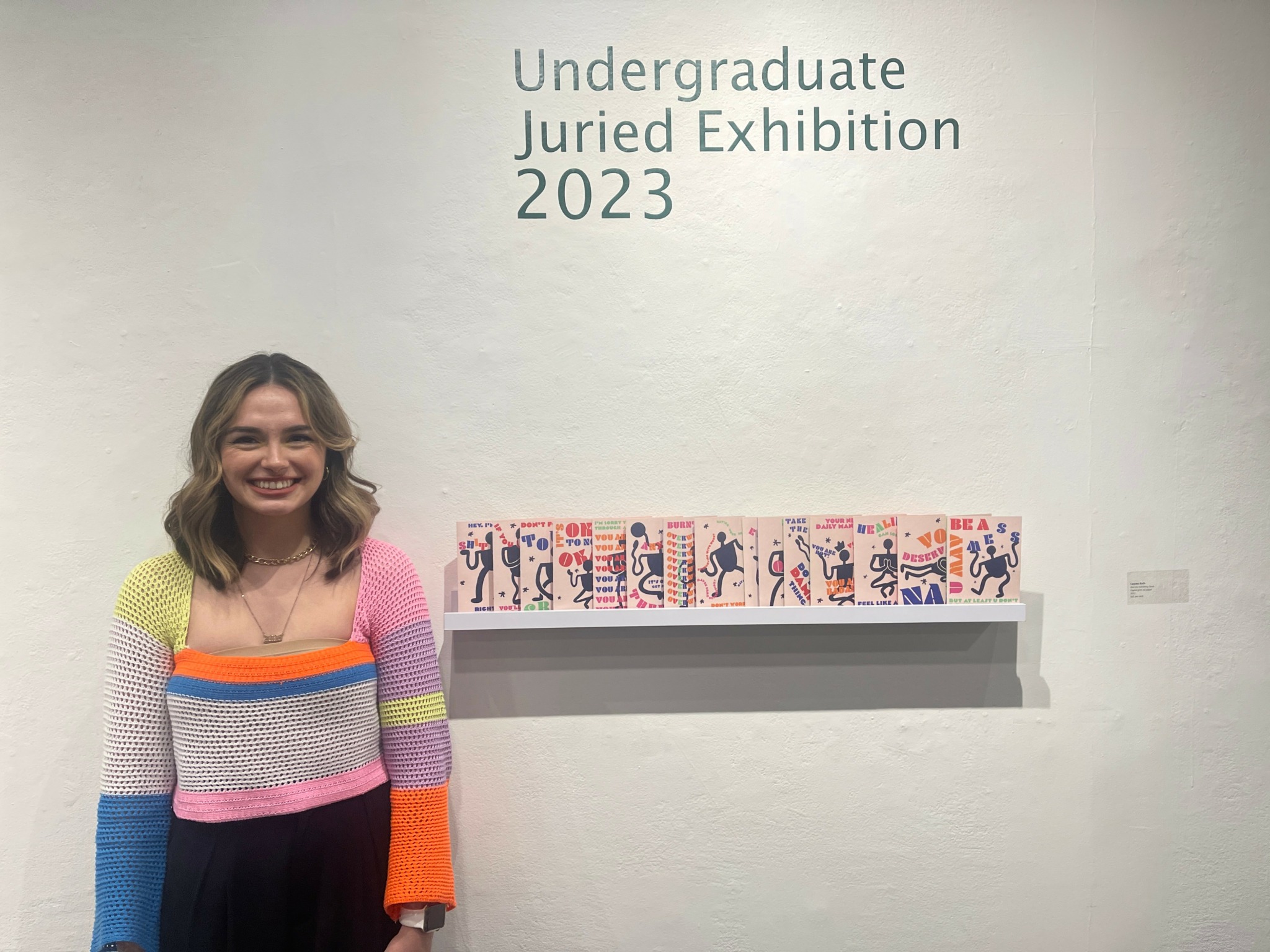We recently connected with Caycee Roth and have shared our conversation below.
Caycee, thanks for joining us, excited to have you contributing your stories and insights. Let’s talk legacy – what sort of legacy do you hope to build?
There are three things that me and my brand truly claim to uphold: empathy, life-long learning, and intention. These are my core-principles that I find to be the system with which I see, impact, and create in the world, and these are the principles that I aim to be remembered for as an artist and human.
Empathy is my “brand.” It’s at the forefront of what I do, it’s what I wake up with in the morning and fall asleep with at night. I truly believe that if everyone had just a little bit more empathy, the world would be a much better, brighter place. The first tattoo I got at 19 years old is my favorite word “sonder,” a noun meaning, “the feeling one has on realizing that every other individual one sees has a life as full and real as one’s own, in which they are the central character and others, including oneself, have secondary or insignificant roles.” I seek to problem-solve, whether creatively or every day, with a state of sonder. Art is intrinsically made for people to relate to, and although my perspective is unique, my experiences are not; our circumstances are what unite us. I have had an inherent anxiety all of my life; I constantly feel people’s judgement as soon as their eyes hit me, and I have always felt like an odd-man-out in nearly any social situation. I am also a perfectionist, which perpetuates my anxiety and imposter syndrome, especially in my work. With my art, I strive to make people, especially the anxiety-ridden perfectionists like me, feel less alone. Empathy is embedded in my branding: my primary personal logo is an illustration with two abstract faces overlapping. This logo symbolizes our interconnectivity as humans, illustrating the need to embrace the differences and similarities (fun fact: I also have this tattooed on my arm). In everything I do, I am guided by empathy to make the voiceless feel heard.
My biggest pull toward education initially was my need to learn; similar to my fire for art, I have a fire for education. And, in tandem with my art, my fire for learning comes from the need to understand. When reading about an interesting topic, I need to grasp every aspect, angle, and face of that topic. There are so many aspects of life and art that I have yet to learn, but I can guarantee that I will spend the rest of my life in search of that knowledge. Higher education is especially my niche, as it encourages research, experimentation, and collaboration to foster growth, which is a necessary process in creation, too. Every design choice allows me to gain a seed of knowledge that I can plant into my garden of expertise that I will be growing for the rest of my life. I seek to become an expert in all facets of creating throughout my career. I want to take classes to learn the programs front to back, keeping up to date with how they evolve in order to influence my work. I want to study art of the past in order to fully understand today’s influences. I want to constantly surround myself with others’ works to inspire and understand other artistic perspectives. For me, if the learning never stops, then I know I am doing it right, and I strive to carry that perspective into my legacy.
Lastly, I believe the difference between “good” and “bad” design is intention. Design challenges both sides of the brain; there are scientific and measurable design successes, as well as subjective stylistic choices at play. Intention, to me, contributes to my approach. It is easy to create something you deem as “pretty” or “nice” to look at, but it’s hard to back up those aesthetic decisions with reason. Even if I produce an unconvincing design, I at least am able to explain my reasoning for my creative choices; it reminds me of math class growing up where you had an extra piece of paper to “show your work.” Intention, in my opinion, is also what sets apart a novice and a more developed designer: a novice designer may create a work that serves its purpose without knowing what they did in the composition to make it successful. However, a developed designer can present their work and explain their objectively effective choices to prove its success. When looking back at my career and work, my creative conclusions will be able to transcend the aesthetics, and I will be able to articulate the choices that led to its visual success.
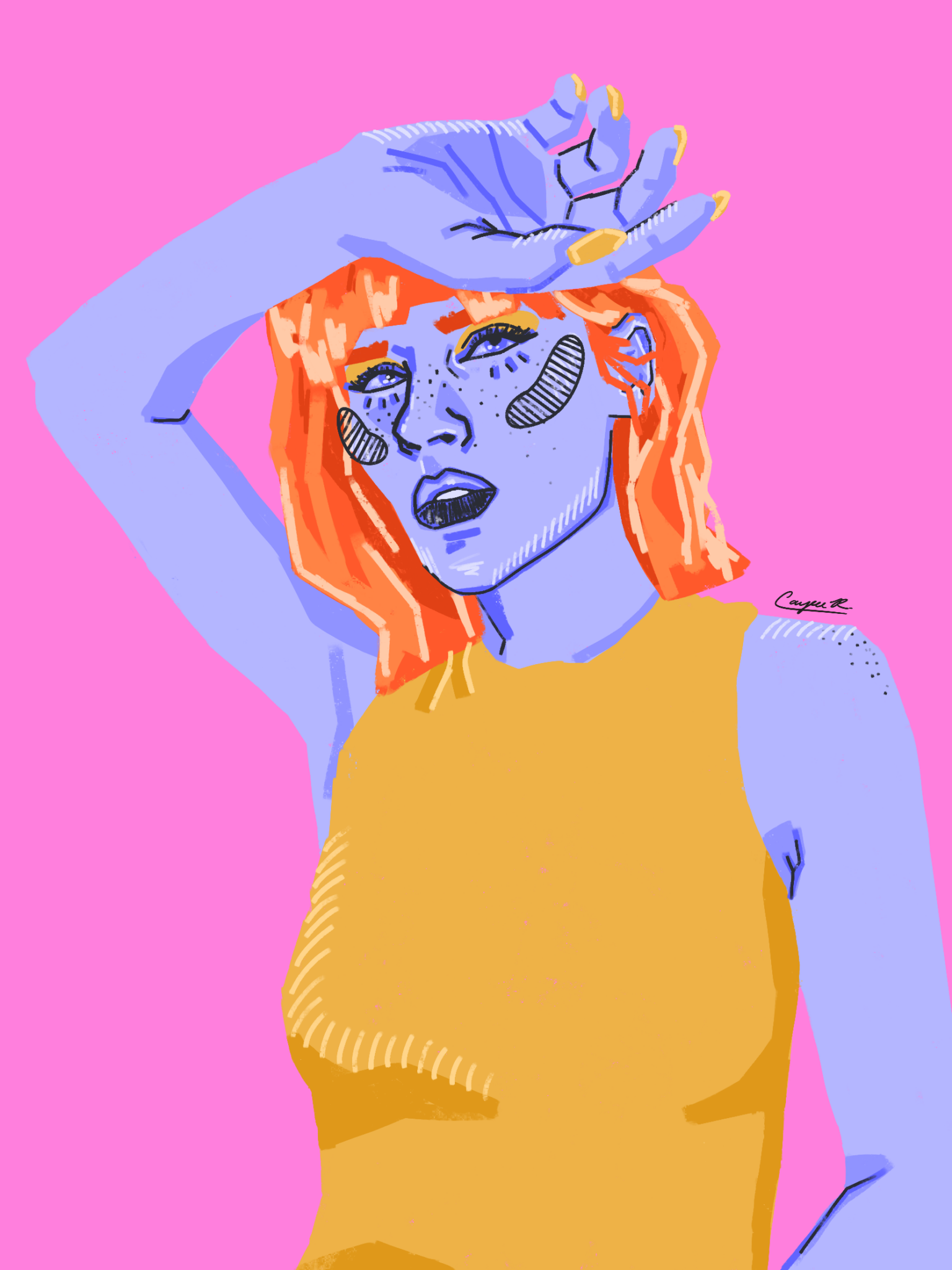
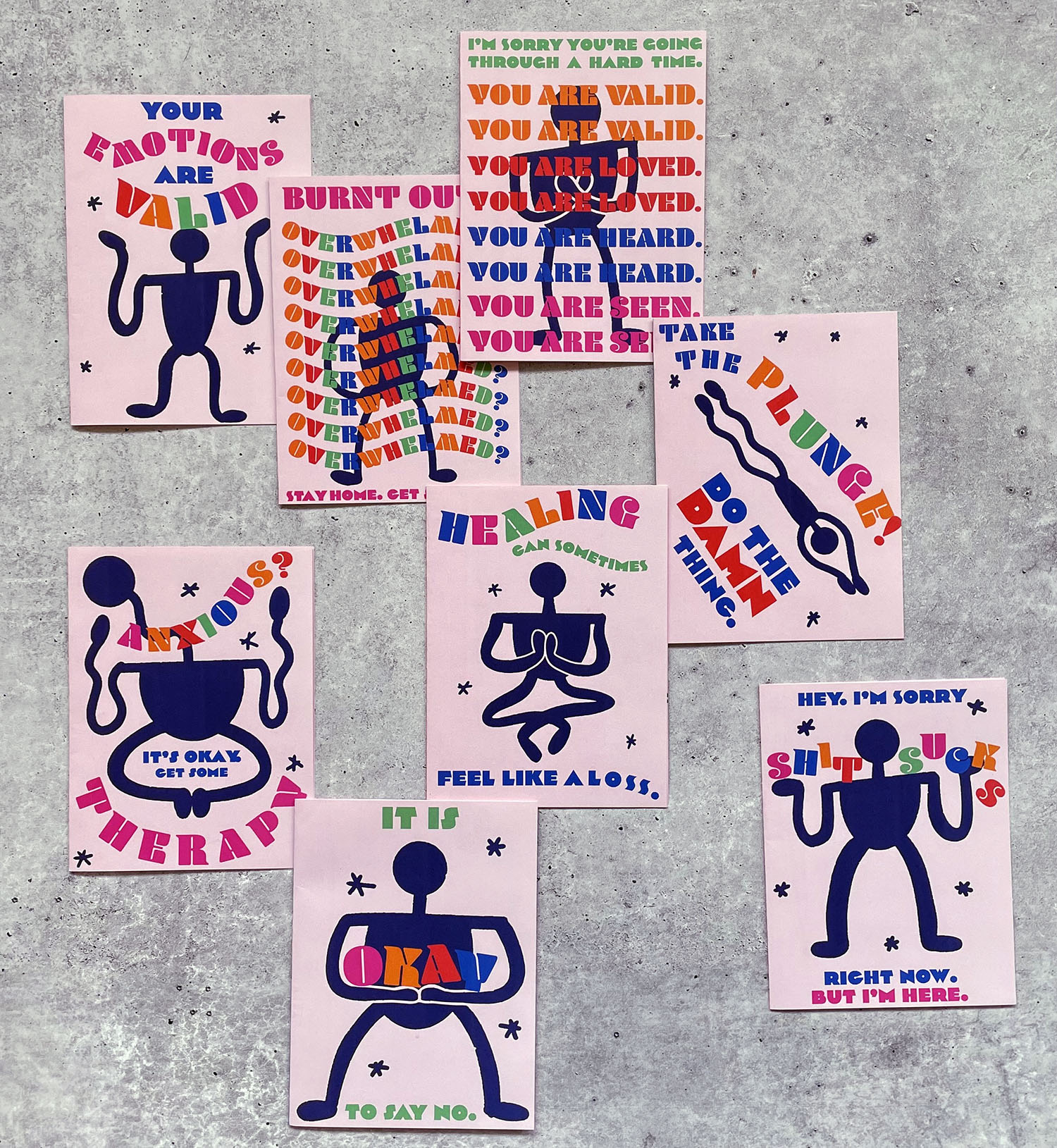
Great, appreciate you sharing that with us. Before we ask you to share more of your insights, can you take a moment to introduce yourself and how you got to where you are today to our readers.
Hi! I’m Caycee Roth. Nice to meet you! I’m a graphic designer, illustrator, artist, creative, maker, and fashionista located in mid-Missouri. I’m currently a Graphic Designer for Vibrant Emotional Health, a non-profit that administers the 988 Suicide and Crisis Lifeline. As a perpetually anxious perfectionist, mental health is extremely important to my craft and what I do, which is why I have really thrived at Vibrant so far. I have been at Vibrant now for over a year and a half, and I have learned so much as a young creative and professional.
Growing up, my family did not have much, but we had a lot of love and encouragement. At the very least, we could afford pencils and memo pads of paper from whatever business my mom was working at at the time. I scribbled my way through childhood. I have always been generally and socially anxious, and luckily for me, drawing was an independent activity. My sister would be outside making friends with the neighbor kids while I stayed inside drawing. She would get so mad when we watched Barbie movies, because I would pause at a random frame and I would have to draw whatever was on the screen. These moments were the origin of my referential eye. Eventually my stick figures grew hands, and at some point my outlined-spaces became more three-dimensional. I always thrived in my elementary art classes, and approaching middle and high school, art was a priority elective for me.
Another point of conception in my artistic journey was my high school AP 2D Art class. It was organized as a two year course that started my junior year. We had to create and submit a Range section of pieces, around 10 artworks that displayed the breadth of our skills, and a Concentration section, consisting of 10 cohesive pieces that follow an aesthetic, subject, and theme. This was really the first time I used artmaking as a healing medium. I decided, for my Concentration, to discuss my social anxiety that I have felt since childhood. I drew 10 self-portraits, using pencil, pen, and some watercolor, portraying myself at varying heights of my anxiety and how it physically manifested in my actions and facial expressions. The pieces were good as-is, but the transformation really came after my teacher suggested editing them in Photoshop to develop the narrative. At this point, I thought Photoshop was for celebrities to manipulate their photos in magazines; I had no idea of its artistic versatility. This was my first time ever making decisions with typography: layout, typefaces, weight, size, space, etc.; I was a graphic designer here! This process transformed my pieces from physical drawings on paper to digital works with layered type that further demonstrated my experience with anxiety. I really respected my teacher, who approached and critiqued art with more of an objective lens. The only compliment he gave me was, “You have real potential in graphic design.” I laughed this off at the time, knowing that I would be starting my degree in Education at Mizzou the next fall, but it was something that stuck with me. I continue to look back at that moment at pivotal points in my career.
I started college wanting to become a teacher. In my first semester of freshman year, I still had one drawing class where I was able to retain my skills and get a better glimpse of the art programs. My professor, Dr. Matt Ballou, was known for his insightful perspective on form and passionate tangents about the evolving world. I learned so much about my artistic eye and how it had really been training itself its whole life to view the world as a drawing. This entry drawing class (and Dr. Ballou) affirmed this artistic fire in me; it was more than a hobby, and I had a unique perspective my whole life. So, halfway into my first semester of college, I changed my major to graphic design, mostly because it was the most “practical” of the art majors, and it was one where I felt both sides of my brain could truly shine. I never looked back after this monumental change. I found my space, my people, and my creative lens.
And now, at the early inception of my professional career, I have a few milestones on the horizon that I am prioritizing. In the next 5 I want to, in no particular order, go to graduate school, design at an agency, and start my own business. Despite the abandonment of my teaching degree, I still heavily value education, learning, and the magic that happens within a classroom. I have always seen myself teaching at a college level after feeling satisfied with my design industry career, requiring a Master’s degree. Next, and possibly soon, I would really like to gain more professional experience by working in an agency setting. Agencies are known for their strenuous grind, but I get so excited at the thought of working with real brands and clients and seeing my creations out in the wild. Lastly (for now), I want to start my own freelance business to push myself outside of my 9-to-5. I seek to gain a few clients that I can grow and learn with; whether it be logos & branding, illustrations, social media marketing, or full art pieces, I am willing and open to any clientele from any walk of life. My business will probably start as an LLC for me to garner more credibility for freelance work, but I have goals of developing content, brands, fashion, and so much more. These big-picture goals motivate me to continue building my brand and turn my dreams into a reality.
As of right now, I have been and still am currently rebuilding my portfolio website from scratch. This has been a huge undertaking, and I am extremely excited to share my work in a way that really represents me. For this project, I also did a rehaul of my branding, where I honed in on my intention, goals, and personal values to establish an updated visual identity. Rethinking my logo and approach to my brand has truly forced me to look inward, asking myself: who really am I, who do I want to be, and what is my perspective on the world and art? There are so many clients, companies, and brands I want to work with, and I look forward to the opportunities that could arise with this new portfolio. I am also about to relocate to Kansas City, Missouri. Columbia has been an excellent home for me for the past 6 years, and I will always cherish my time and memories there. I am extremely excited for a change, and I am hoping to gather more of a creative community in Kansas City, so if you’re a creative looking for friends in the area, please contact me! I feel so lucky to pursue what I love every single day, and I am overjoyed to see what the future holds.
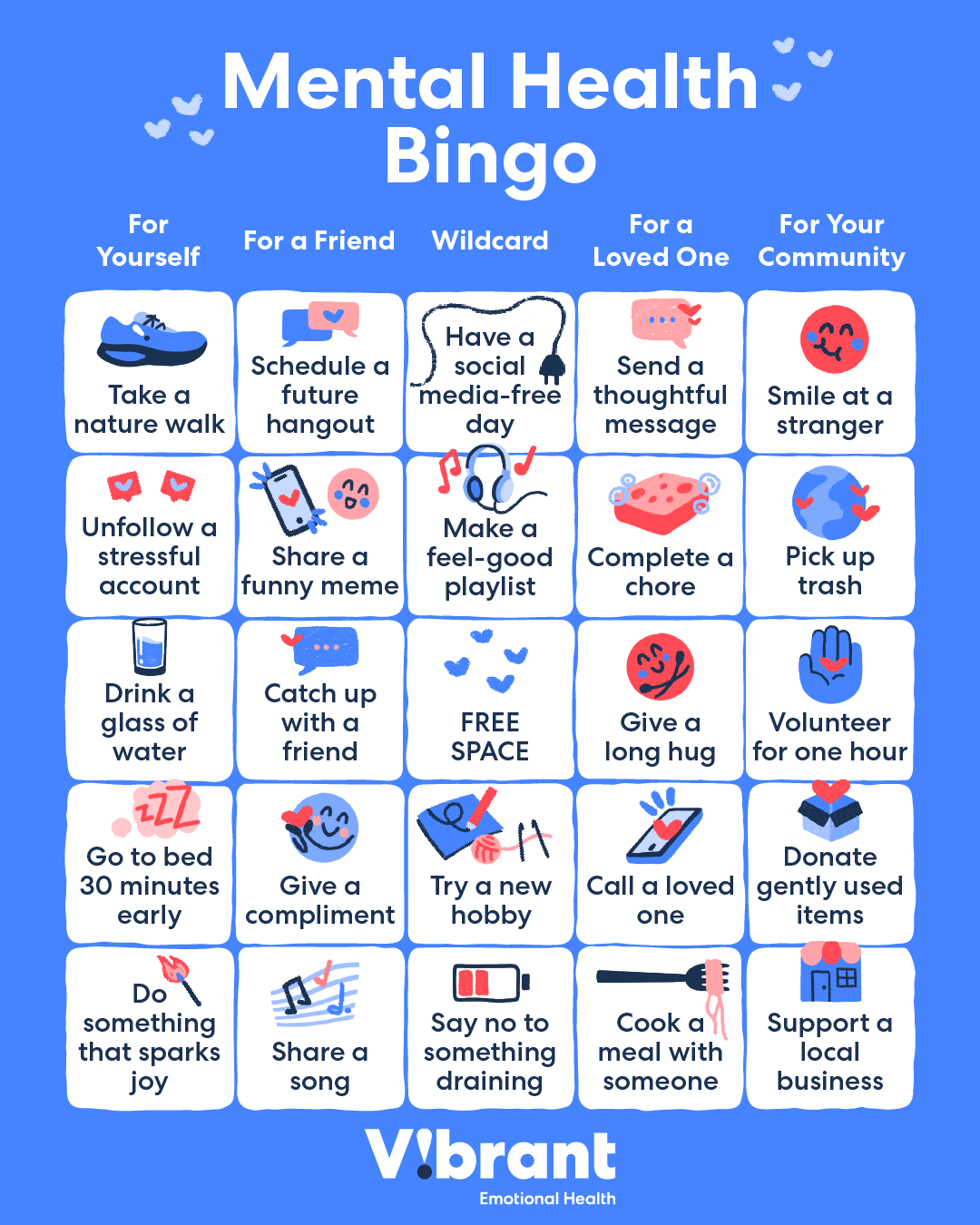

Is there mission driving your creative journey?
My personal mission is to make the world a more understanding, beautiful, and equitable place. These aspirations are relatively general, and many people possess synonymous goals, whether one is a doctor, politician, or teacher. As a creative, however, I aim to produce work with empathy, verve, and accessibility, which, together, define my unique artistic thumbprint.
As previously elaborated upon, I operate in life and creatively with empathy at the forefront of everything I do. Sonder to me is not just an intriguing word; it is truly my way of life, so much so that I got it permanently tattooed on me as a constant reminder. No one ever knows what someone is going through, whether they are a stranger passing by or a best friend. I hope to craft work that makes anyone feel seen, heard, and understood. Creating pieces with verve is also a priority of mine. Art has always ignited a flame within me, and I want to illustrate that burning passion in my pieces. My aesthetic is not really known for its simplicity; I tend to joke that I have the “too much” gene when it comes to my design style. This usually looks like me adding too many elements on my first pass through a composition, resulting in shamelessly pairing down my ideas to avoid visual overwhelm. My personal style tends to be more exuberant, eclectic, and colorful, which fits my “too much” gene pretty well; however, my work is still digestible and approachable for anyone to enjoy and relate to.
Accessibility is an aspect of design that goes wildly untalked about and unnoticed. There are many faces to making art and marketing accessible: for one, I believe that design work, specifically my pieces, need to prioritize relatability for any individual of any gender, race, sexuality, religion, disability, socioeconomic status, etc. At my job at Vibrant, this looks like choosing inclusive photography, because mental health, and art, is not a one-size-fits-all. Continuing, good design should be for everyone. It’s 2025, so why are low-priced goods consistently and objectively the most egregious products on the shelves, despite being the bestselling? They possess no personality, no whimsy, and no imagination, unless they are marketed for children. Eye-catching and thought-provoking design should not be reserved for only the people that can afford it, which is often the reality. Brands shouldn’t just make pretty packaging to get people to buy it; Well-designed goods also make the consumer feel taken care of and invested in the production of merchandise. Whether it means developing the next generation of designers with more knowledge or making marketing teams more conscious of trends, I refuse to accept that good, trendy design is a luxury. I am not fully confident what the best solution to this problem is, but I want to ensure that the information and products that I make are visually intriguing. My mission as a designer is to make the world surrounded by captivating art that speaks to the universal existence of all of humanity with dignity and love.

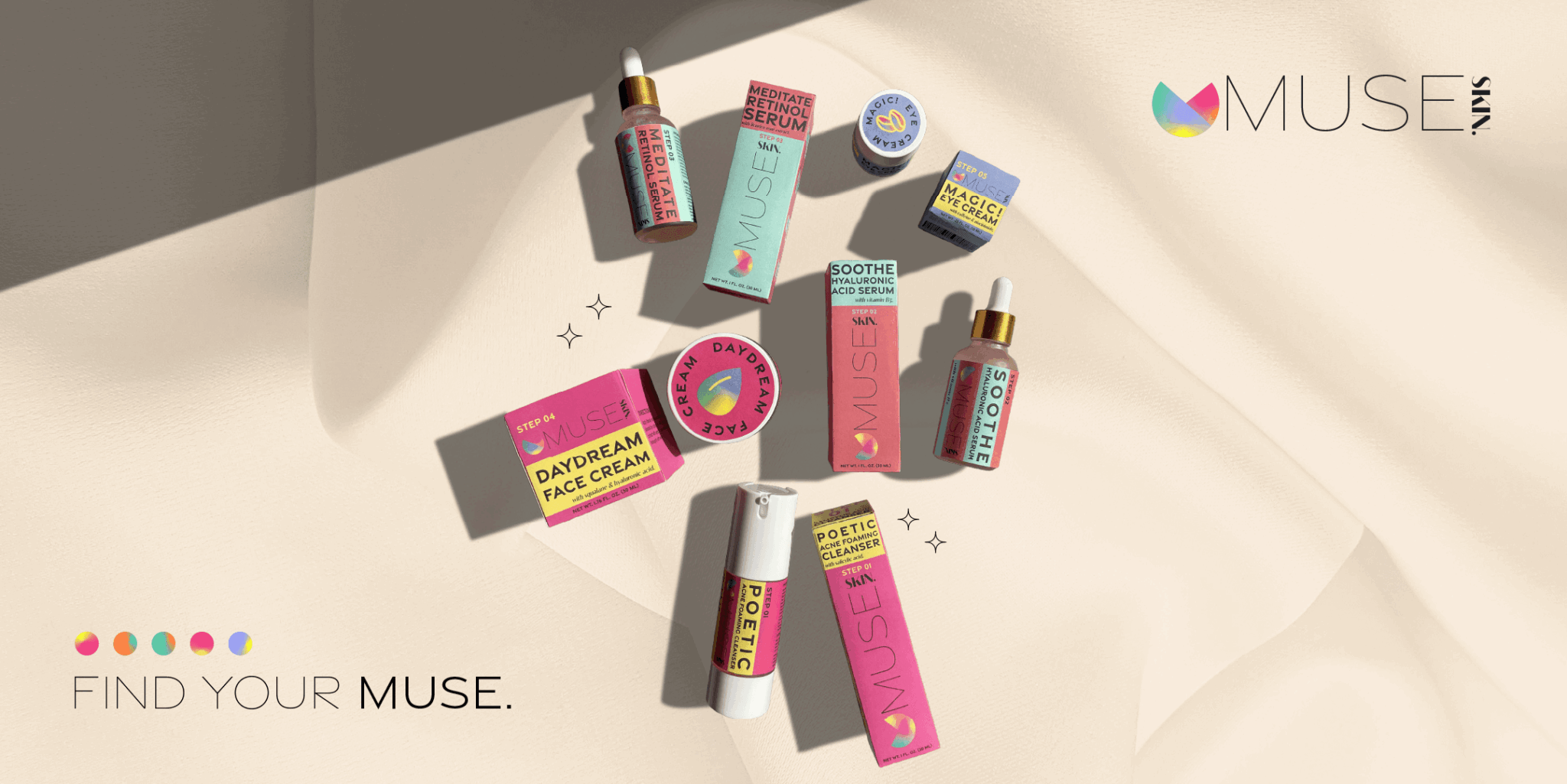
Do you think there is something that non-creatives might struggle to understand about your journey as a creative? Maybe you can shed some light?
I think, especially now with the integration of AI, digital art in general is perceived as a “cheatable” or simple medium. In some ways, it is very intuitive; if I mess up the proportions of an illustration on my iPad, I’m able to select an area and size it up or down as I see fit, as opposed to drawing on a sheet of paper where I would have to start all over. To artists this is not a shortcut, but a matter of efficiency. It takes hours and sometimes days to make certain pieces or commissions by hand and, by creating it digitally, means you may be able to cut the time in half. Digital work also allows for the artist to print and distribute the final product, which is great for business and expansion.
I also think non-creatives are jaded by the “hard work” and time behind art-making, specifically graphic design. There are two main facets to” work,” in my opinion: physicality and mental exertion. Although design is not physically “hard work,” it requires a great deal of brain power. Many people think that design work consists of “making things pretty” when, in reality, there is a system and science as to it. Design is both objective and subjective, which makes it much more complex. This, in my opinion, is the true magic of art and design. When looking at the front cover of a magazine or a billboard in Times Square, the masses are only seeing the final product. What is left unshown are the countless iterations of the same designs that have gone through hours and rounds of revisions, copy changes, and color swaps. Although perhaps the more plain aspect to creating, the editing process is very real and arduous.
Another assumption of creatives in general is that we do not work as much as the average person; many assume that we go to our 9-to-5s and come home without the burden of work thoughts or problems. Designers aren’t the kind of professionals that are “on-call,” we aren’t “essential” workers, etc. While this might be technically true, creative professions are still very passionately and cognitively demanding. My design eye does not leave me when I clock off at work for the day. I constantly dig through social media at all hours of the day, scrolling through Pinterest for inspiration, and looking at other designers’ Instagram accounts to stay current. Because art is a passion, it never goes away; I can’t unplug from my fascination to make and learn. Even when I am scrolling through social media “for fun,” I’m asking myself about the composition of the ads in the margins. My artistic eye has been working overtime since I began to draw as a toddler. Along with this, my need to market myself to gain freelance clients happens on my own time. Establishing my portfolio website, making high-quality pieces for said-portfolio website, sharing my work on social media for exposure, and creating and contacting clients all happens on my personal time. A lot of creators and designers live this double life/hustle reality where, truly, the work never stops. I’m not complaining by any means. I feel extremely lucky to create for a living and enjoy it; however, it takes an incredible amount of investment, time, and dedication to pursue, and non-creative people may not consider that.
Contact Info:
- Website: https://www.cayceeroth.com
- Instagram: https://www.instagram.com/creations.bycayceeroth/
- Linkedin: https://www.linkedin.com/in/caycee-roth-51b958252/
